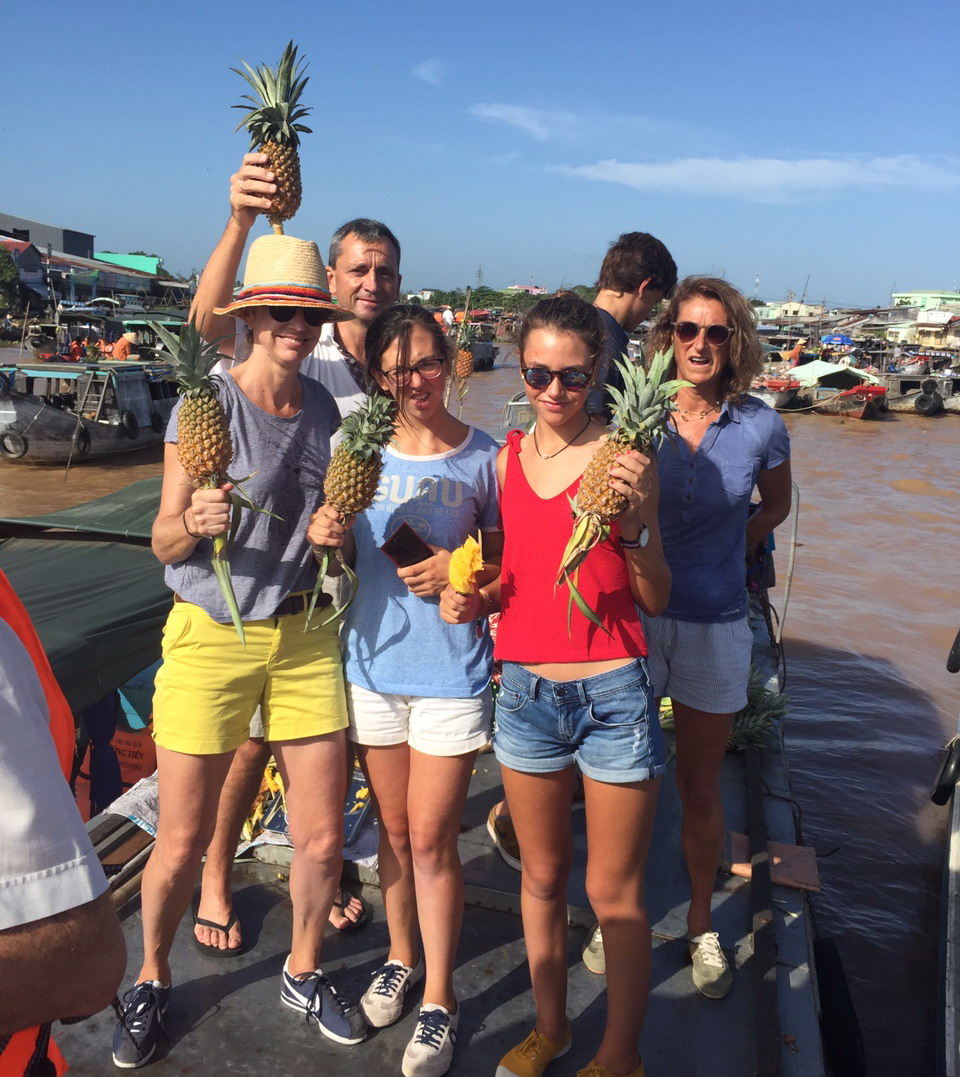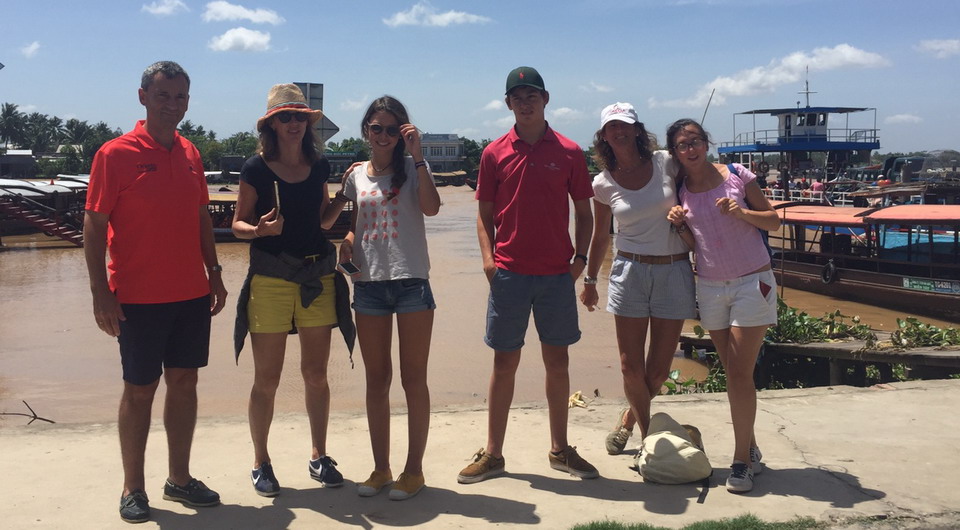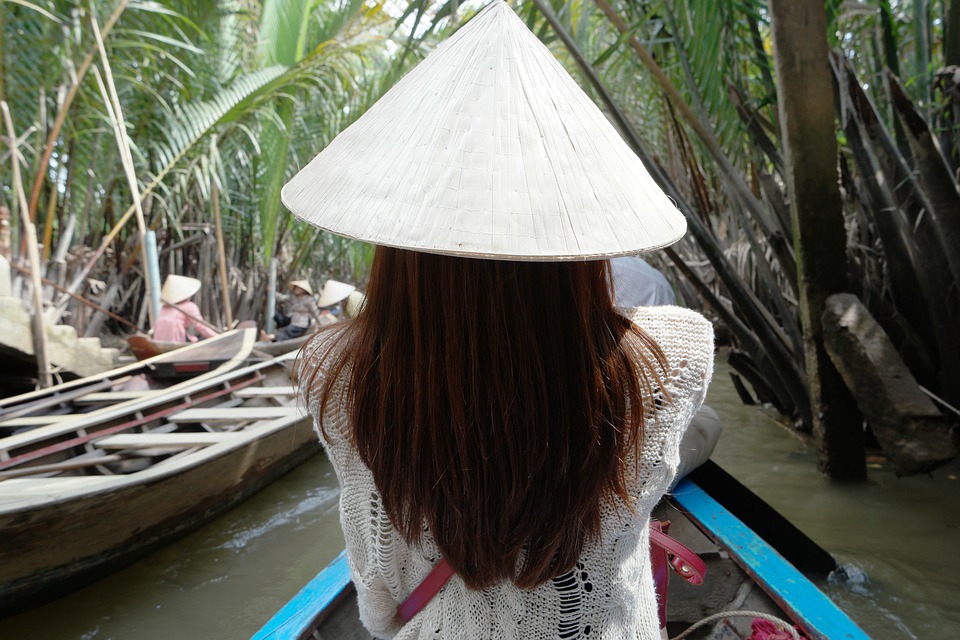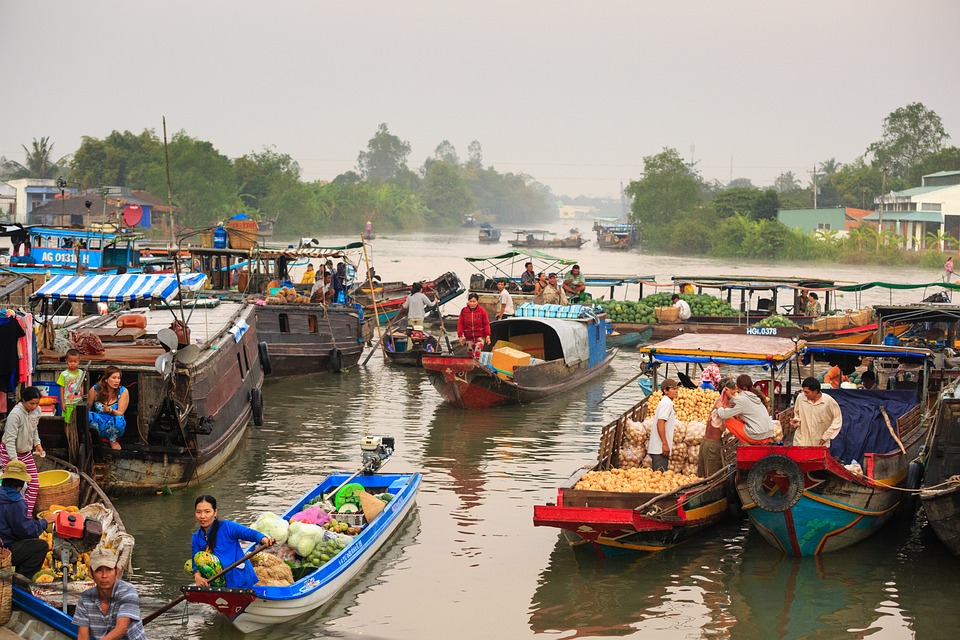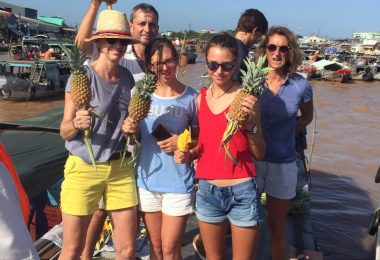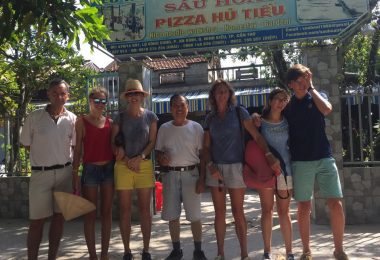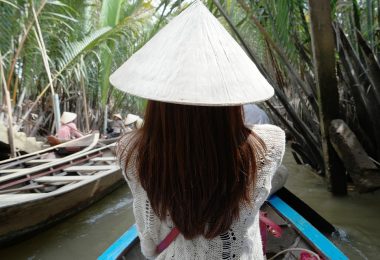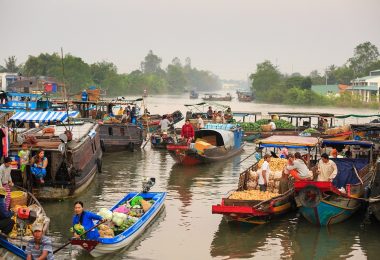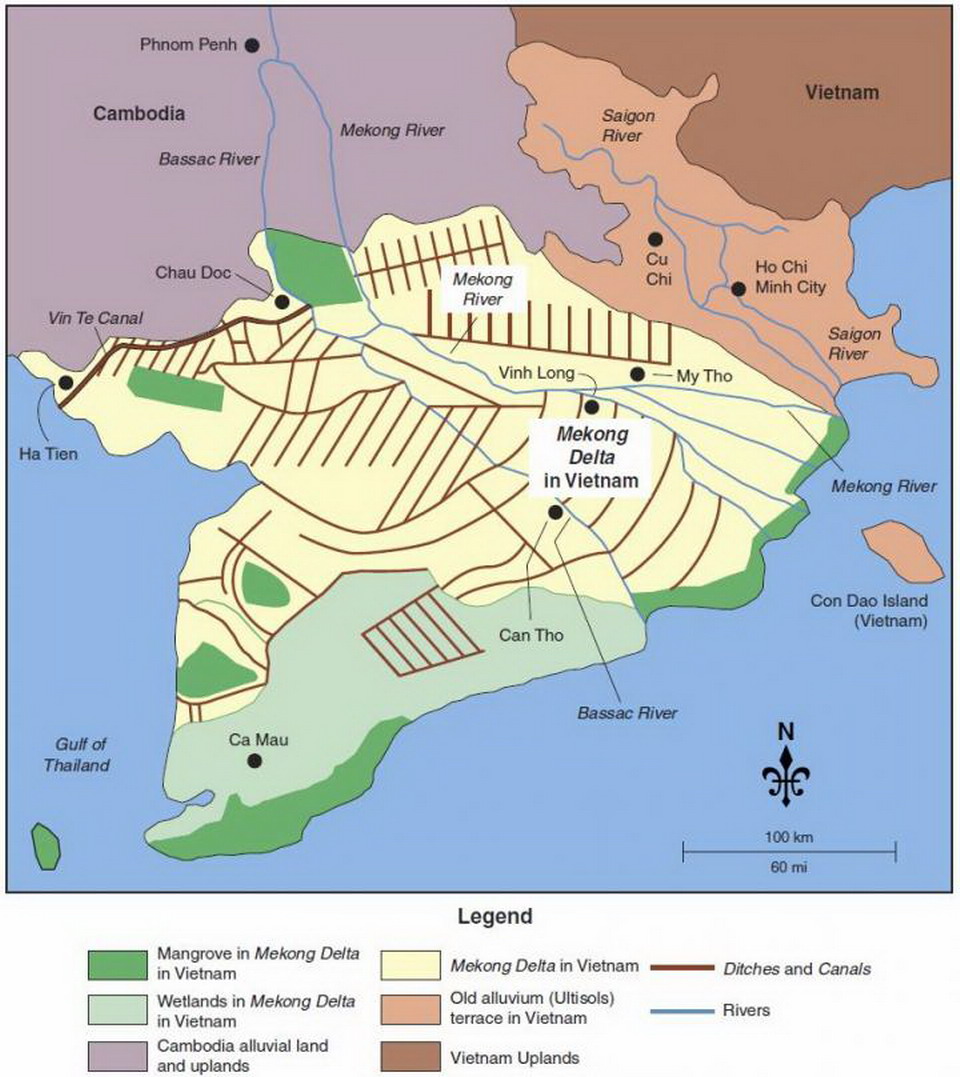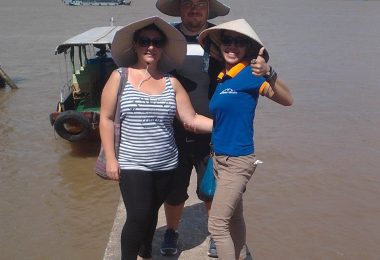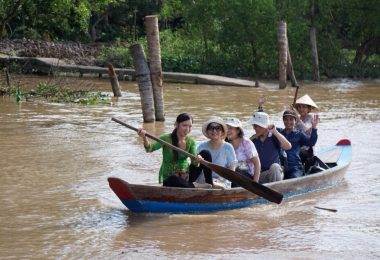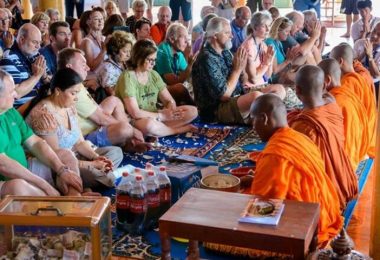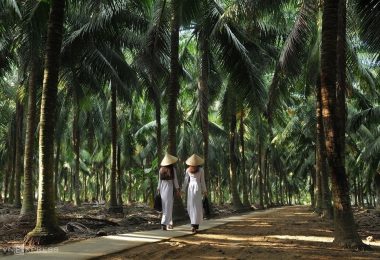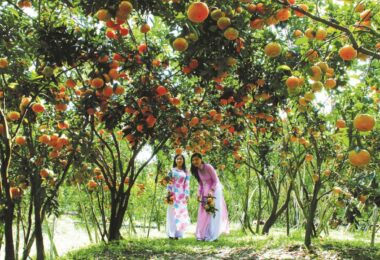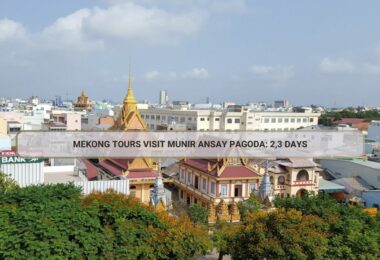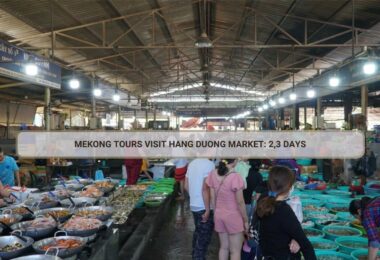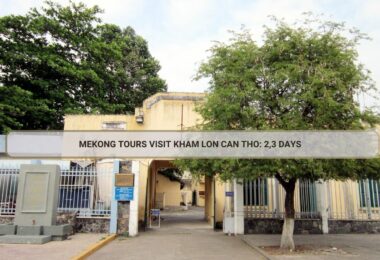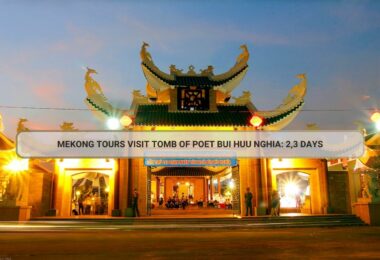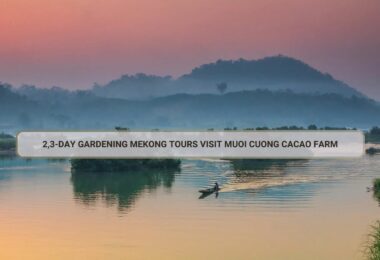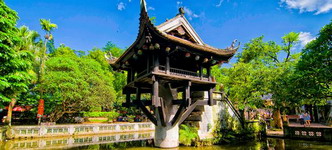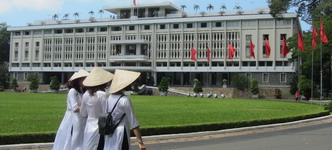The Mekong Delta, also known as the “Rice Bowl” of Vietnam, is a unique region from the cultural, historical, and natural perspectives. Coconut candies are among the best ways to showcase the area for Mekong tours. The sweets are not only well-known as the iconic products of the land, but also the outstanding combination of the traditions and the flavors of the region. Review the article to explore the topic, from the historical background and cultural significance of the Mekong delta candy factory to visit and the reasons for including coconut candies for Mekong tours in your itinerary.
The Cultural Significance of Coconut Candies in the Mekong Delta
Historical Background
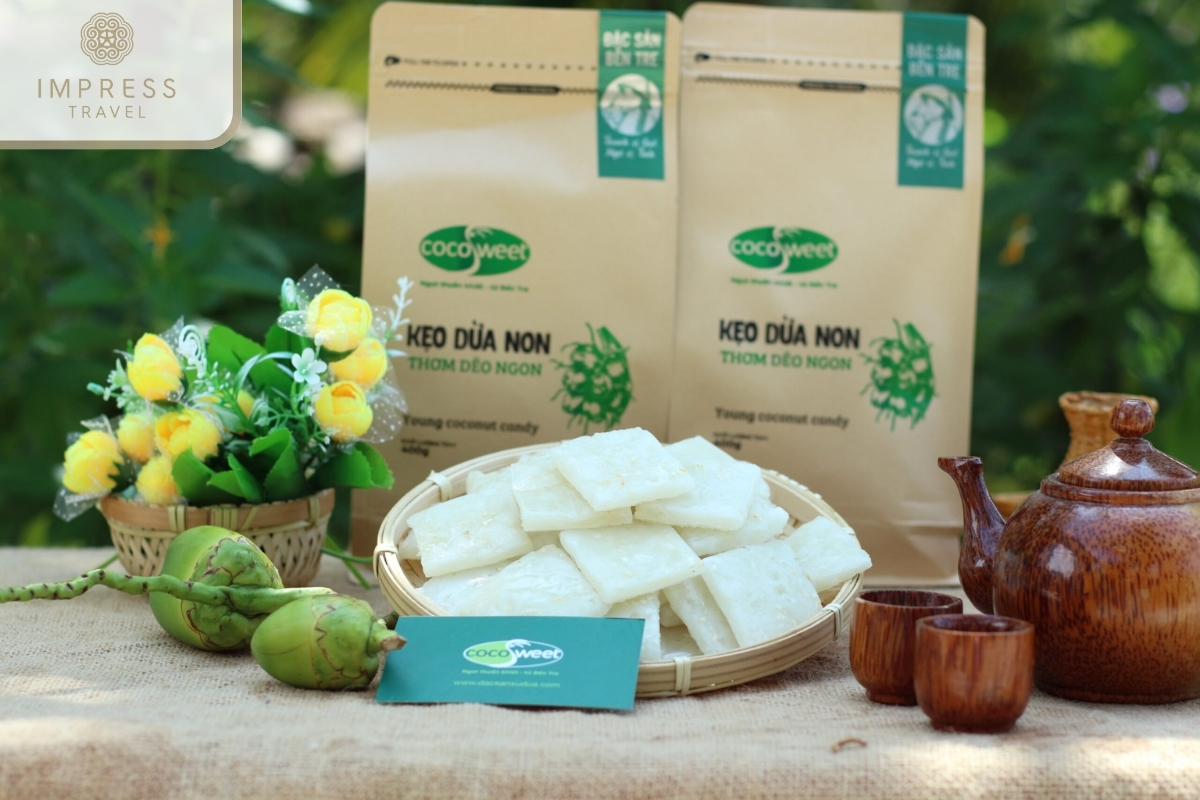
Baby Coconut Candy
Coconut candies for Mekong tours have been produced in the Mekong Delta for over a century, as the tradition started in the 1930s in Mo Cay District, Ben Tre Province. Then people called it Mo Cay candy, and those were homemade exciting sweets made during the festive season and Tet holidays. By the 1970s the production scaled up, and coconut candies became favorite gifts for those following Mekong tours.
Role in Local Traditions and Festivals
These candies are a part of local traditions and holidays. For example, during the celebration of Tet, which is the Vietnamese New Year exchanging wonderful coconut candies for Mekong tours means flourishing and happiness. Some festivals are devoted to celebrating the cultural heritage of the region. One of them is the Coconut Festival, which is organized in Ben Tre and perfectly illustrates the huge role of these candies in the local customs and life in general.
Cultural Impact on Communities
Coconut candy production is not just an industry in the Mekong Delta, it is an integral part of life there. Thousands of local people are working in the coconut candy business. The craft has been preserved for a long time and its cultural, social and economic significance is increasing every year. Production is passed from father to son, which helps maintain the cultural identity of the community.
The Coconut Candy-Making Process
Traditional Methods
When you experience Mekong tours, you will find that the traditional method of making coconut candies is labor-intensive and time-consuming. Since the candies are made from coconut milk, sugar, and malt syrup, the method is dependent on the quality of basic ingredients. To produce the candies, producers remove shells from coconuts, grate the flesh, and press it to collect the milk. This milk is mixed with sugar and malt syrup in huge woks, which later will be put on low fire fired with coconut shells. The stirring, which requires no less than 5 hours, ends only when the candy has the right texture.
Modern Production Techniques
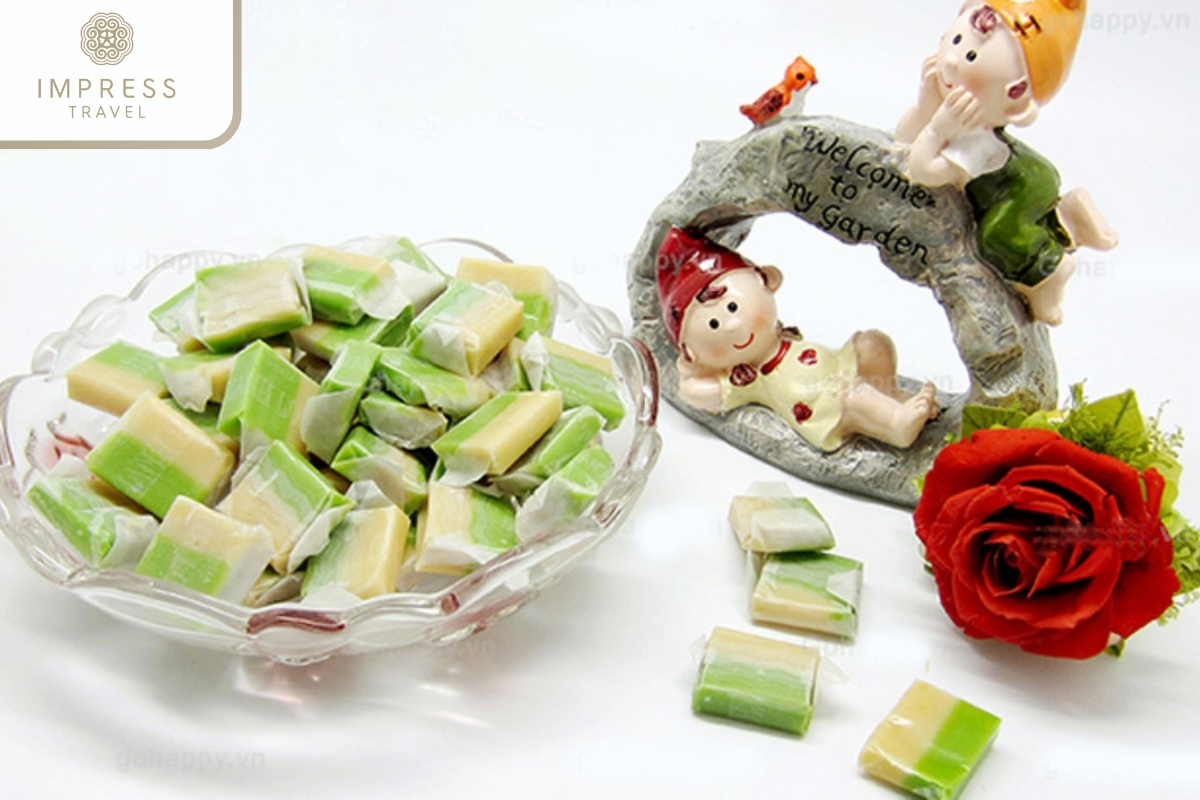
Ben Tre coconut candy
However, given the development of technologies in the twentieth century, some producers started to use machines to process the candies. Mixers and accurately shaped molds are significantly cheaper to use, so they produce much more candies. However, many candy producers believe that technologies spoil the taste of the product and continue production manually.
Ingredients and Their Roles
The products required for the production of coconut candies for Mekong tours include coconut milk, sugar, and malt syrup. As we have mentioned previously, manual stirring is motivated by an intention to keep the natural flavor of coconut milk. Malt syrup and sugar help to give the candies their sweetness and shape accordingly. Some producers add other tastes to give the candies different flavors – durian is used most frequently, and pandan and peanuts are also quite popular.
Visiting Coconut Candy Villages in the Mekong Delta
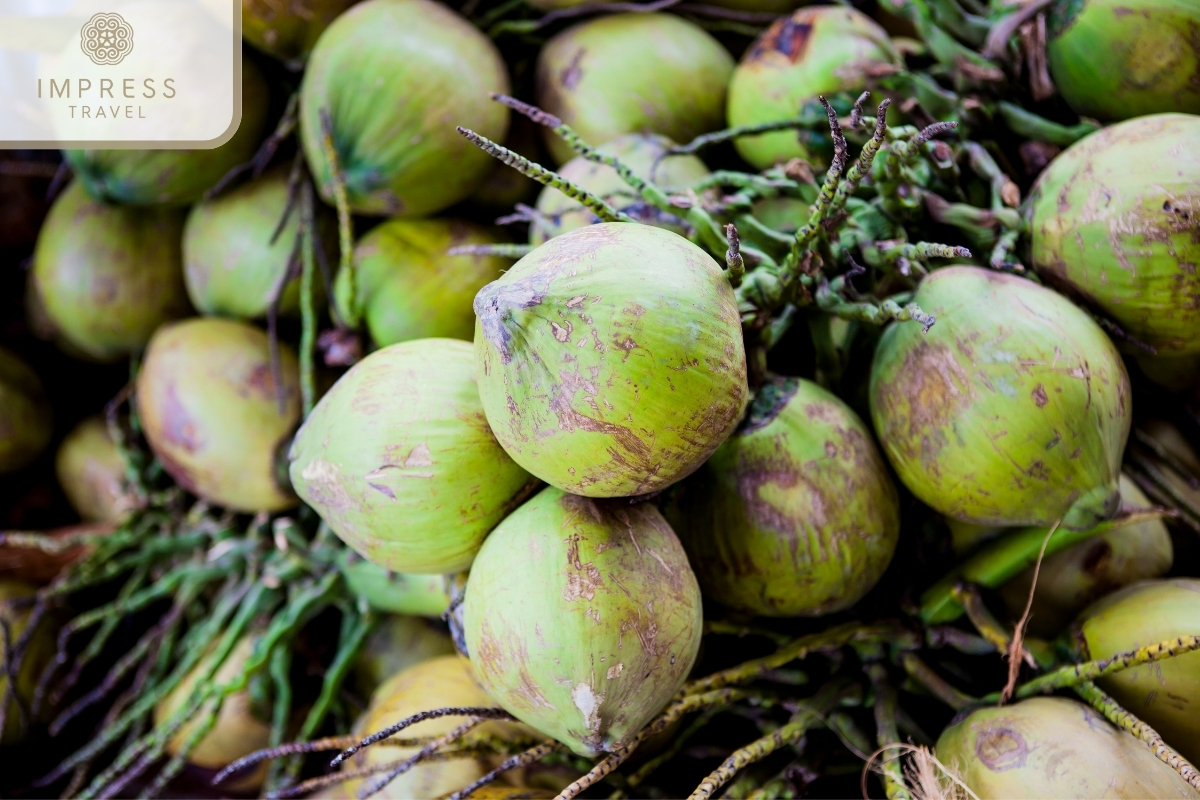
Coconut is the main ingredient
Ben Tre
Coconut Candies Mekong Tours is a well-known provider of coconut candies, and the province of Ben Tre is considered one of the most significant coconut groves in Vietnam. Because small factories produce coconut candies, both coconut and international tourists are encouraged to take a tour of the factories. Coconut candies Mekong tours provide trips to the factories, where tourists see the candy-making process and promotions of traditional technologies, which are still used to make coconut candies such as coconut candies in the past. After the trip, visitors will be able to taste the coconut candies and purchase them directly from the manufacturer, providing the strongest flavors.
Cai Be
In Cai Be, the main destinations are floating markets and small, often visited coconut candy workshops. In a short period, tourists will likely have a chance to meet the candy maker and learn about the candy’s production. One of the most significant things in Cai Be is that there is still a canal that tourists can travel around, avoiding the charming views on both sides and viewing the delta locals as they go about their daily lives.
My Tho and Vinh Long
My Tho has large factories, while Vinh Long has small family workshops in the countryside. Coconut candies are generally the same in terms of quality, and the way the two cities make them is not identical. Travelers will be able to witness the creation and implementation of coconut candy in ways they concentrate on, while they will also get the opportunity to taste, touch the candies, and purchase them.
Guided Tours and DIY Visits
Guided tours, which are usually less expensive, offer an all-inclusive approach, including a short boating experience taking tourists on short trips. For those who prefer to travel on their own, there are many ways to make coconut candy on their own. In any event, these activities in the villages of East Asia provide tourists with a deeper understanding and recognition of coconut candies.
Tasting and Buying Coconut Candies
Different Flavors to Try
It is wrong to think that there is only one flavor of coconut candies for Mekong tours. There are several types of candies available, and each of them offers its own unique and distinct taste. For example, in addition to the standard “coconut” candies, you can also find durian, pandan leaf, peanut, and cacao flavors. While the first has more traditional tastes with a local “twist”, the last one will allow you to enjoy a delicious Southeast Asian interpretation of the well-known flavor.
Best Places to Buy
No need to search for a specific place to buy coconut candies for Mekong tours – the best places to do so are, in fact, the candy villages and local markets. Ben Tre and Cai Be are known as the locations for the best coconut candies made right in the region. On the other hand, do not forget to side with proven brands like Thien Long or Ngoc Huong – or avoid fakes and buy only the candies with a manufacturer’s seal.
How to Enjoy Coconut Candies
Finally, how to eat coconut candies for Mekong tours? You may eat them on their own, or in combination with tea or coffee – you will find the Vietnamese options are the best. Also, the candies are good to share, which stands for a typical Vietnamese practice of bringing some treats to share with friends.
The Economic Impact of Coconut Candy Production
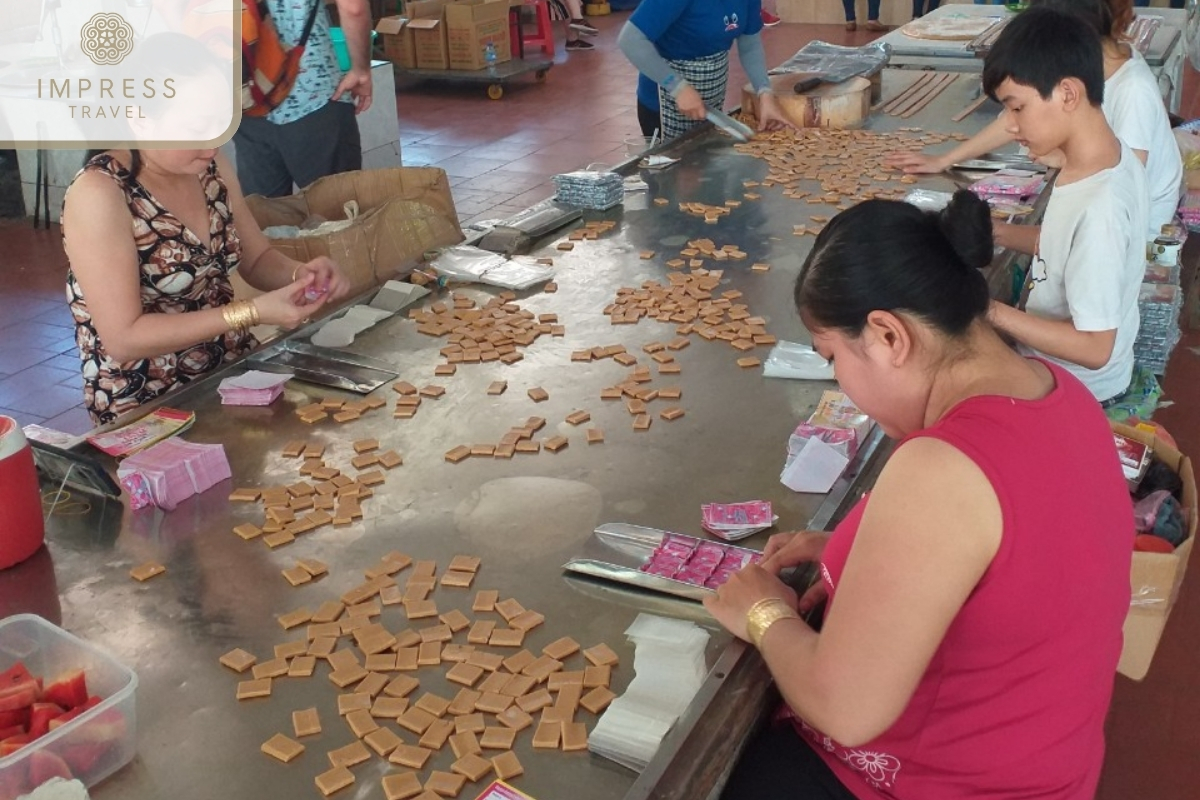
creating jobs for locals
Supporting Local Economies
Coconut candies for Mekong tours are a critical destination product in the Mekong Delta’s local economy. The industry has been a source of income for thousands of families from coconut farmers to candy makers and market sellers. Moreover, producing such a delicacy allows the area to remain true to its traditional farming and crafting methods and stabilizes the region’s economy.
The Role of Tourism
Tourism is an essential factor in the success of the coconut candies for Mekong tours industry. The revenue that thousands of tourists bring can go directly to the pockets of local families that are involved in candy making and market selling. The two areas are mutually beneficial for each other, as the combination of traditional crafts and the market response toward it helps maintain and even further develop the current cultural landscape and support the economic goal as well.
Future Prospects and Challenges
The industry is thriving today due to the high demand for coconut candies, yet it is accompanied by some challenges such as unstable coconut costs and fierce competition in other markets. Another issue is the globally growing interest in sustainable and eco-friendly developments which has yet to be matched by the cooperation of the area’s market participants. To prosper, the industry has to maintain its quality level and adopt some modern approaches.
Conclusion
Coconut candies for Mekong tours are not just a sweet, but a cultural touch of the Mekong Delta. Describing their historical value and production, their meaning for economies and tourism, it turns out that these candies are the indication of the area. Thus, trying coconut candies for Mekong tours should be part of any Mekong Tours. This may be one of the most pleasant ways to get insight into the Mekong Delta, which means that next time I will take a chance to taste the candies, and, maybe, there will be an opportunity to buy some for home. The article aims to explain the cultural, production, and economic meaning of the given experience and offers a learn through guide to remind all the tourists, novices and experienced ones, to try coconut candies for Mekong tours on their Mekong Tours. Don’t forget to regularly follow our website for Vietnam tours at Impresstravel.com for more interesting information about traveling Mekong to and to book Mekong Tours at the best prices.




































